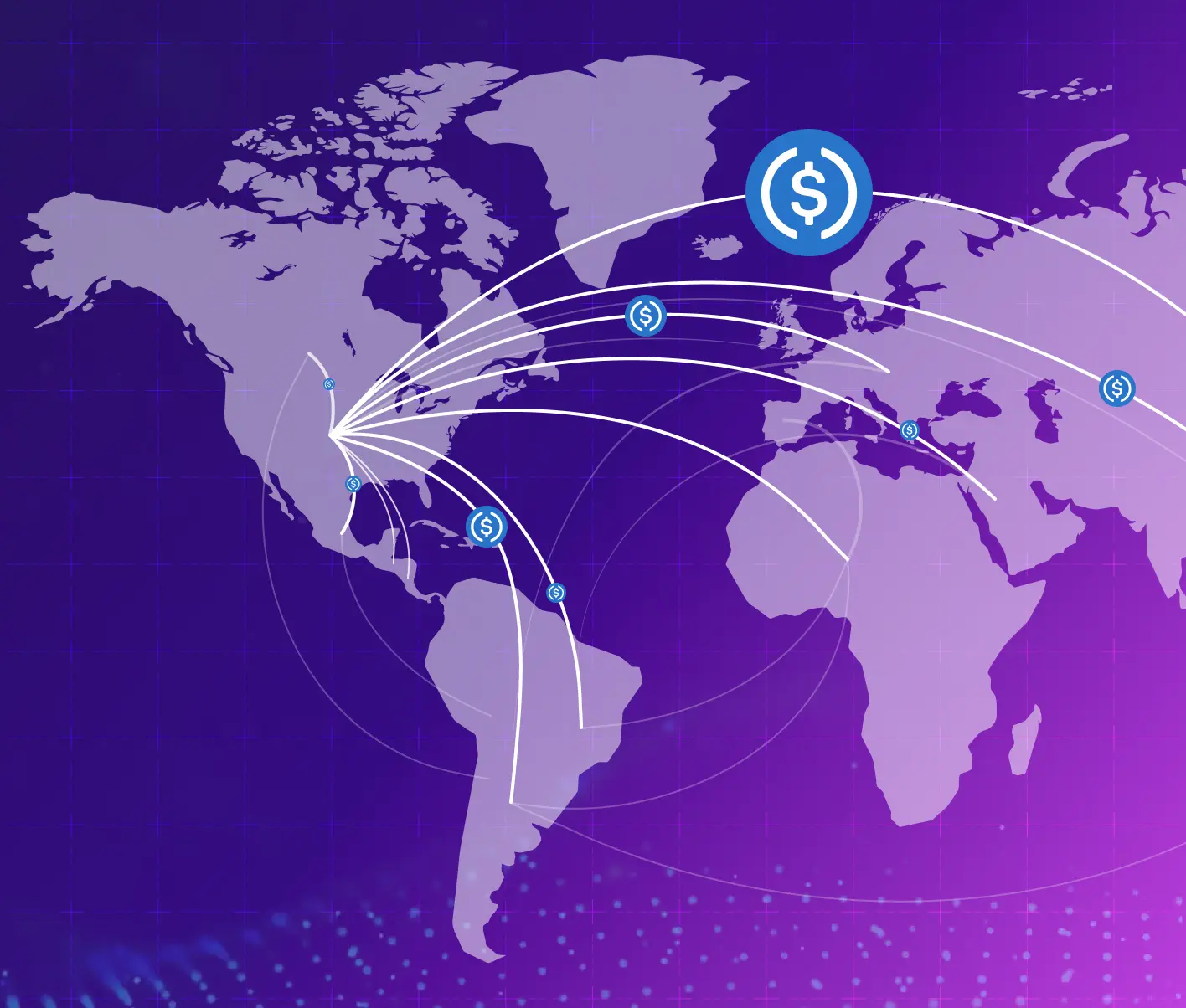Why Data-Driven KYC Is the Future of Crypto Onboarding

In crypto, onboarding is often the first, and sometimes last, step a user takes. When someone decides to buy or sell crypto, they’re hit with Know Your Customer (KYC) requirements. While necessary for compliance, traditional document-based KYC flows are a common source of user frustration and drop-off.
Let’s break down why this happens and how Coinme’s data-driven KYC approach is changing the game.
The Problem with Documentary KYC
Most crypto platforms still rely on users uploading documents like a driver’s license or passport. This may seem straightforward, but in practice, it creates three big issues:
- User Friction: Uploading a document can be clunky. Bad lighting, blurry images, or file issues often lead to delays or failed submissions
- Privacy Concerns: Many users are hesitant to hand over sensitive documents to a new platform
- Delays: Even with automation, many document submissions still require manual review. For users expecting instant access to crypto markets, waiting even a few hours can feel like forever
The Shift to Data-Driven KYC
Data-driven KYC flips the script. Instead of uploading documents, users provide basic information like a phone number and SSN. The system then pulls pre-filled data (such as name, address, and date of birth) from trusted sources that the user verifies.
But this isn’t just basic form matching. Coinme uses phone-centric identity signals, which go beyond the data itself. It checks:
- Whether the phone number is real, active, and tied to the user
- Whether the SIM card has been recently swapped
- Device/browser fingerprint and GeoIP compliance
- Proxy and VPN usage
- Behavioral biometrics
- Even cell tower pings, to confirm that the user physically controls the device
This creates a strong, real-time trust signal without asking for a document.
A Risk-Based Approach
Our KYC isn’t just fast; it’s smart. Behind the scenes, Coinme uses fraud and risk detection tools to assess whether additional verification is needed.
These tools can detect abnormal behaviors of fraudsters. The risk tools then give each user a score to determine whether they’re low or high risk. This risk-based approach ensures that most users onboard in seconds, while still maintaining compliance and fraud prevention at scale.
Real-World Example: XO Pay by Exodus
Exodus already uses this KYC process for XO Pay, an embedded crypto on-ramp powered by Coinme. By leveraging data-driven identity verification, Exodus users can complete KYC in seconds using only a phone number and SSN. No document upload or liveness check is required, delivering a smooth, trusted onboarding experience directly within the wallet UI.
Why It Matters
As the industry evolves, the platforms that win will be the ones that deliver both compliance and convenience. Data-driven KYC doesn’t just remove friction, it increases conversion, builds trust, and aligns with what users expect in 2025.
At Coinme, we’ve built this into our Crypto-as-a-Service platform. Partners using our APIs can onboard users quickly with data-driven KYC – no selfies, ID uploads, or waiting.
Want to offer a smoother onboarding experience for your users? Let’s talk. Reach out at bd@coinme.com or visit coinme.com/enterprise.


